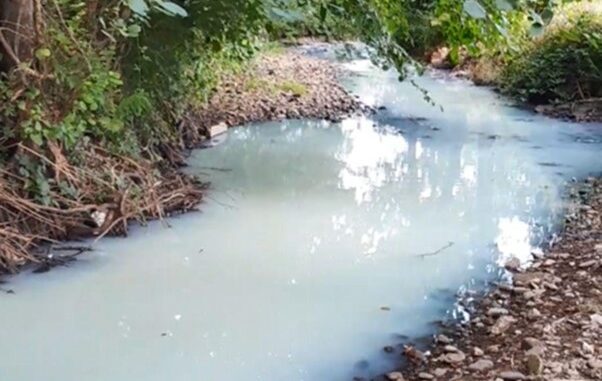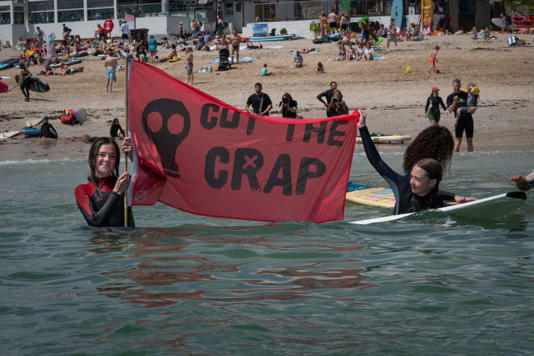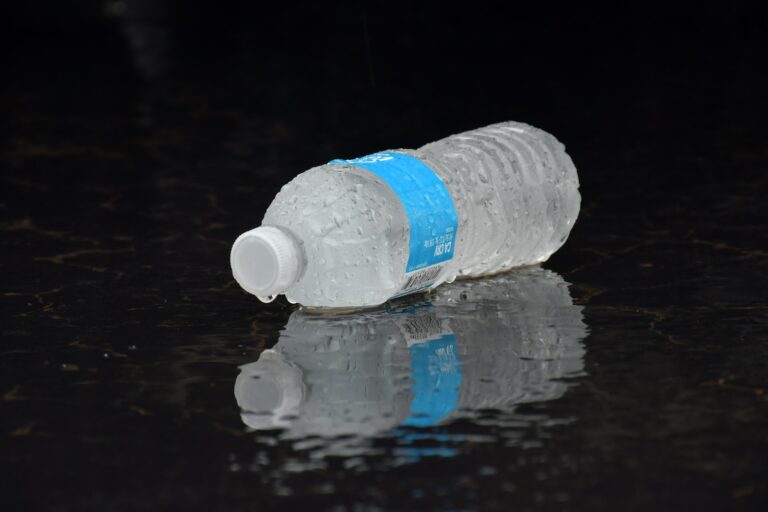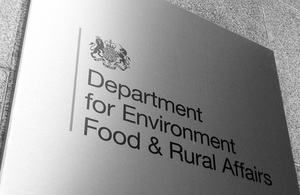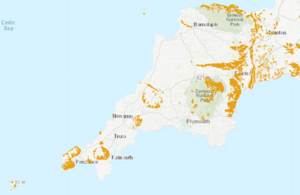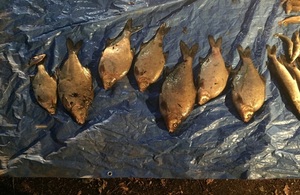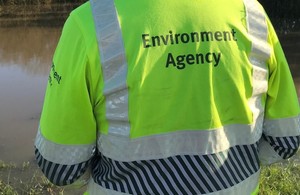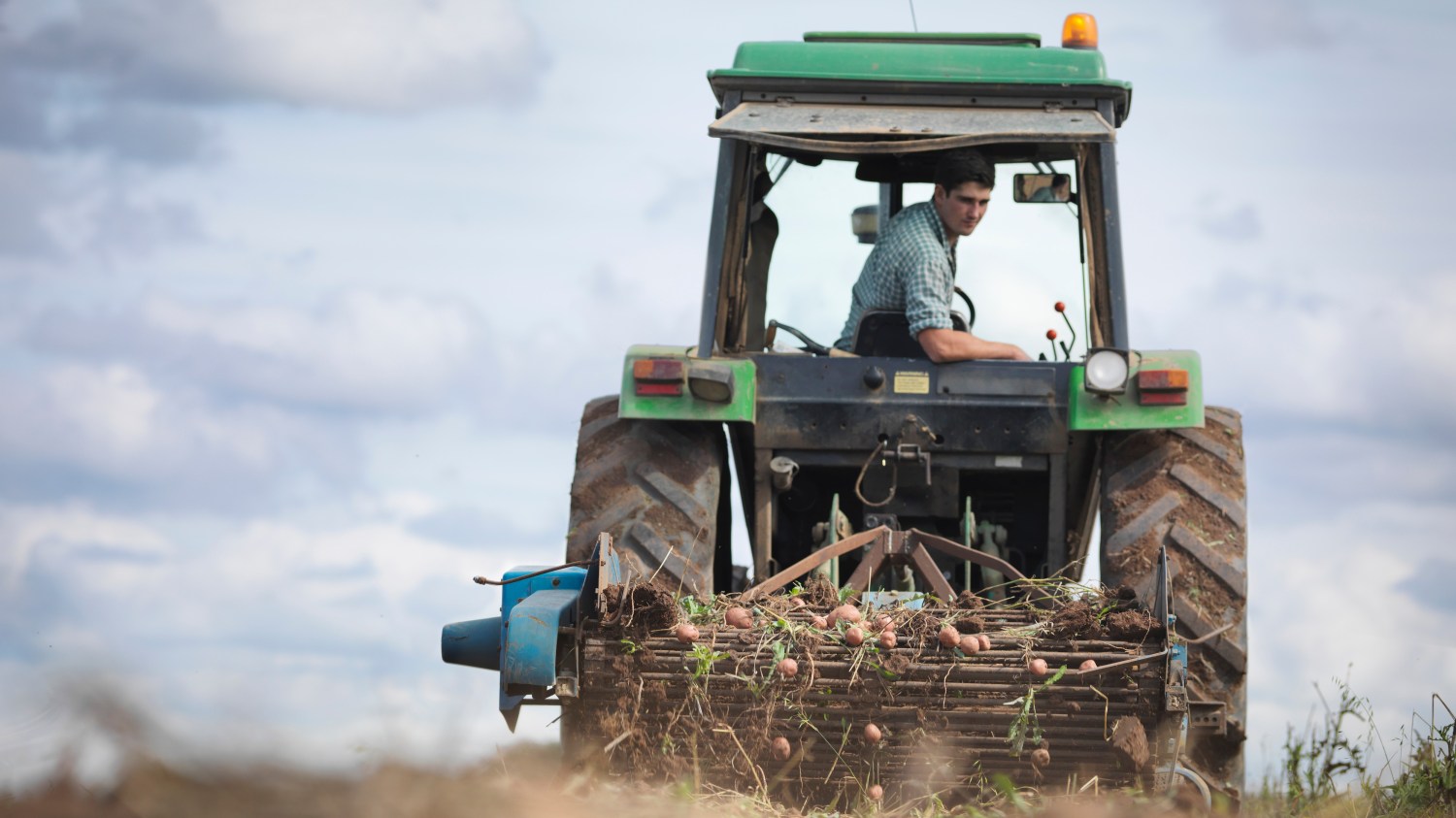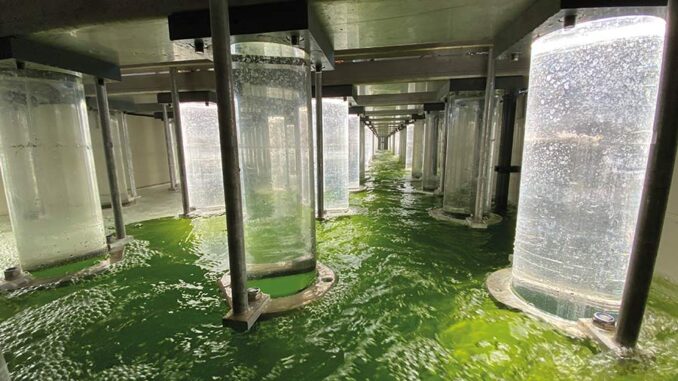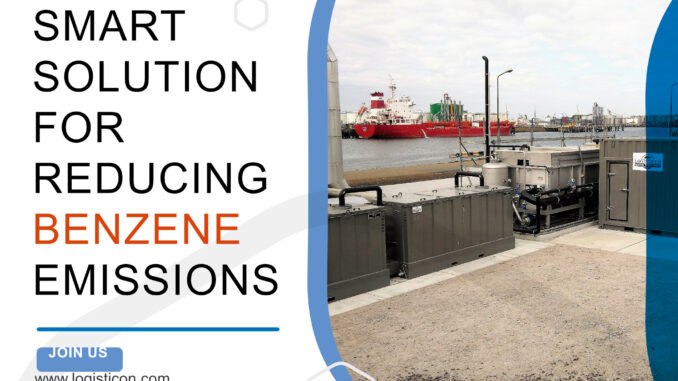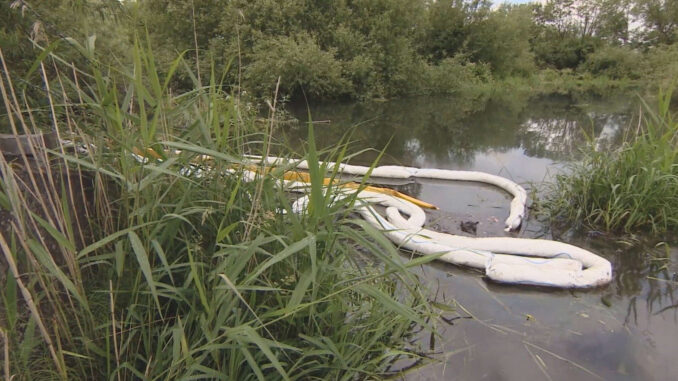It is the responsibility of the waste producer to correctly describe the waste materials which he wants to dispose of. This description should include:
- The waste classification code, also referred to as LoW (List of Waste) or EWC (European Waste Catalogue) code -which give classification codes for common types of wastes.
- Whether the waste is hazardous or POPs waste.
- The type of premises or business where the waste was produced.
- The name or the substance or substances.
- The process that produced the waste.
- A chemical and physical analysis of the waste and its components.
- Any special problems, requirements or knowledge related to the waste.
Note: You must not use waste acceptance criteria (WAC) results for waste classification purposes.
In connection with the disposal of concrete wash water there is often confusion over the relevant EWC code which should be used.
Untreated Concrete Wash Water: Associated Hazards
A useful way of understanding the hazards associated with concrete wash water is to treat this waste as a product and develop a corresponding safety data sheet. As a way educating their Clients Mudtech in conjunction with their safety Advisors (Llewelyn) has developed an example concrete wash water safety data sheet
The developed safety data sheet provides a useful way of understanding the hazards associated with untreated concrete wash water and is a useful tool in developing appropriate controls, management and treatment solutions
Waste Codes
For most wastes you can check the waste code or codes associated with the waste to see if they are hazardous or POPs waste.
Some wastes have more than one classification, depending on the possible mix of substances in them. For these wastes there is a need to work out exactly what is in the waste and how much of it is hazardous or POPs, by reference to product safety data sheets, and chemical composition (chemical analysis data).
The LoW/EWC is arranged in chapters with specific chapters corresponding to different business operations.
Chapter 17 “Construction and Demolition Wastes (Including Excavated Soil from Contaminated Sites) is frequently the first point of reference for the disposal of construction wastes.
Waste Code Sub heading 17 01 relates to concrete, bricks, tiles and cement with the sub category 17 01 01 covering waste concrete (defined by default as non-hazardous).
This code (17 01 01) relates to a solid material eg set concrete and is not relevant to the disposal of a liquid eg Concrete wash water and therefore should not be used in association with the disposal of concrete slurry or concrete wash water.
Inspection of the remaining waste codes included within Chapter 17 indicates that no waste codes relevant to the disposal of treated or untreated concrete wash water are listed within this Chapter.
So what waste code is relevant to Concrete Wash Water ?
As concrete wash water is not listed as a Chapter 17 Waste, there is a need to refer to Chapter 16 “Wastes Not Otherwise Specified in the List”. The relevant sub-section of this chapter being 16 10 “Aqueous liquid wastes destined for off site treatment”.
Inspection of Chapter 16 10 enables the identification of waste codes
16 10 01* Aqueous liquid wastes containing hazardous substances
16 10 02 Aqueous liquid wastes other than those mentioned in 16 10 01.
Both of which could be relevant to the off-site disposal of concrete wash water, but which one to choose?
Concrete wash water consigned for off-site disposal can be in one of two forms. These forms are:
Untreated Concrete wash water: Comprising an aqueous liquid with highly elevated alkaline pH (pH 12 to 14) with associated hazard warning symbols eg caustic being applicable.
Treated Concrete Wash water. Comprising an aqueous liquid that has been pH adjusted to achieve a near neutral pH in the range (pH6 to 9).
For the disposal of untreated concrete wash water, the code 16 10 01* (Aqueous liquid wastes containing hazardous substances) may be applicable and could be used.
For the disposal of treated (pH adjusted) concrete wash water, the code 16 10 02 (aqueous liquid wastes other than those mentioned in 16 10 01) may be applicable and could be used.
Waste Codes 16 10 01 and 16 10 02 relate to aqueous wastes and are not considered to being relevant to the disposal of concrete slurry (unset concrete) or the solids settled out of concrete wash water, they relate to the aqueous liquid phase.
Checklist for Removal of Treated or Untreated Concrete Wash Water by Tanker (Aqueous Liquid Phase)
In addition to the identification of the correct waste code there is a requirement to ensure that relevant paperwork and permit checks are undertaken in connection with the disposal of the waste. A summary of the key checks which need to be made are listed below.
| Check | Complete | |
| Y | N | |
| Has a waste carrier certificate for the tanker company been obtained and checked for validity? | ||
| Has the environmental permit / waste management licence for the relevant waste facility been obtained (likely to be for a sewage treatment / water treatment works)? | ||
| Has the environmental permit / waste management licence for the receiving facility been checked to ensure they can accept the specific waste type? Are they able to accept this category of waste material | ||
| Where the water has been pH treated on site prior to disposal, it is likely to be non-hazardous. The relevant European Waste Code would be 16 10 02. Has an appropriate waste transfer note been produced | ||
| Where the water has not been pH treated on site and has an elevated pH it is likely that the relevant European Waste Code is 16 10 01*. Has a hazardous waste consignment note been produced. If yes, a signed copy showing that the waste was received at the waste facility must be obtained. | ||
| Have details of the waste movement been recorded in the site waste management plan within the waste Register |
Note: If the answer to any of the questions is N then off site disposal of the waste should be prevented.
Source: Editor Watery News 23rd January 2023

